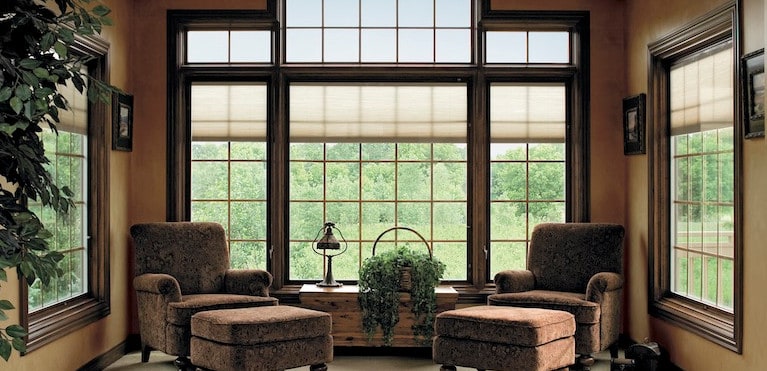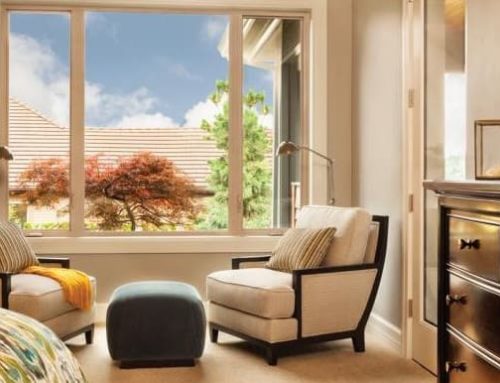Table of Contents
There are several types and styles of glazing manufactured today. They vary largely in terms of their insulation value and whether condensation may form on the pane.
Glazing in Sydney may be either sealed or unsealed. Generally, sealed glazing is known as thermal pane. Sealed units don’t have the problem of condensation between the panes.

For the best insulation, your window units should be double-glazed. In case you’re unable to determine the total number of panes in a window, you can point a source of light onto the pane of glass.
Then count the number of reflections you can see. The number of reflections is equal to the total number of glass panes.
Size of Air Space and Insulation Value
Typically, glass is a poor insulator. Luckily, motionless air that fills the gap between multiple glass panes enhances thermal resistance by resisting the flow of heat.
However, the size of the air space left between the glass panes will largely influence the overall insulation value. Insulation value is measured in R (imperial) and RSI (metric). A higher value translates to better insulation.
Typical double-glazed windows that have an air space of 12mm or ½ inch in width offer insulation value of RSI.35 or R-2. A double-glazed window with a width of 6mm or ¼ inch air spaces offers insulation value of RSU.26 or R-1.5.
It’s advisable to avoid glazing units that have an airspace below 10mm or ½ inch in width, unless you’re going for window units whose air space has argon gas to enhance insulation.

Standard Sealed Glazing Units
These units comprise of two glass sheets with a spacing of 12mm or ½ inch between them. A desiccant is added to the spacer along the edge to absorb any moisture in the glazing.
The glazing is usually sealed around its outer edges. Sealing prevents moisture or air from seeping into the space between the panes.
In case some moisture enters the air space, it will lead to condensation between the glass panes. This is often as a result of faulty sealing.
This may be rectified by replacing the seal. You’ll only repair the sealing unit and not the entire window.
Before buying any standard sealed window unit, check whether it can perform efficiently by:
- Ensuring the spacing between the glass panes is at least 12mm or ½ inch.
- Ensuring the spacer set at the edges around the glass panes or the glass pane itself has an etching label. New technologies in spacers allow for enhanced performance. Manufacturers using new technologies offer better warranty on their glass products.
- Checking the period of the warranty. Most manufacturers offer a guarantee of five years, with others offering an extended product warranty.
Enhanced Sealed Window Units
Previously, the only possible way of enhancing the thermal resistance of standard sealed glazing was upgrading to triple glazed windows.
Today, there are more technologies used in enhancing thermal resistance of glass windows. Prices vary, thus shop around in more outlets for these advanced glass window options:
-
Standard triple-glazed windows
Triple glazing enhances the overall insulation value and capability of sealed units by adding an extra layer of air space. Each air space in standard triple glazing should be at least 12mm or ½ inch in width.
-
Glass Coatings
Coatings known as Low-emissivity, or simply Low-E, enhance the insulation capability in glazing by lowering loss of radiant heat through a glass pane.
The coatings reflect away radiant heat that people and objects emit at room temperature. The coatings are almost invisible.
Double-glazed units with low-e coating has almost a similar insulation capability as that of triple-glazed units without low-e coating.
A window with lower emissivity rating means it’s more effective in reflecting away radiant heat. Any glass with a low emissivity coating should come with a Low-E2 label.
-
Gas Fill
Insulation rating of sealed units is usually greater if air between the glass panes is filled with inert gas (krypton or argon). Argon is more affordable than krypton.
However, krypton is more effective when used in narrower air spaces like those measuring ¼ inch in width. In case you make an order for a gas filled unit, ensure it is properly labeled to indicate that it’s indeed gas filled.
-
High Performance Units with Triple Glazing
Low emissivity double-glazed units have largely replaced standard triple-glazed units. However, the performance of triple-glazing is enhanced further by using low-emissivity triple glazed units and filling the air spaces with inter gas.
There are manufacturers who use plastic films with low emissivity coating for the middle pane to minimize the overall weight and allow for more solar energy to pass through the unit.
-
Enhanced Edge Sealing
Edge spacers made of aluminum tend to conduct heat quickly. This decreases the insulation value of a window. Today, enhanced spacers are made using non-conductive materials like butyl-metal.
Others are made of insulated spaces. They decrease loss of heat and reduce perimeter condensation especially when using warm edge spacers.
Choosing the Best Glazing
It’s not quite easy to choose the type of window glazing suitable for your property. Improved sealed window units offer more energy efficiency and comfort but it might take several years before they repay their cost through savings on energy.
In case you’re not sure of the glazing to choose, follow these guidelines:
- Large windows facing north or windows that are extremely exposed should comprise of enhanced sealed units.
- Standard double-glazed units may offer more energy efficiency and comfort in regions with mild climate especially when the windows face south.
- In case your favorite seat faces the window, install a window unit rated as high performance for enhanced comfort.





